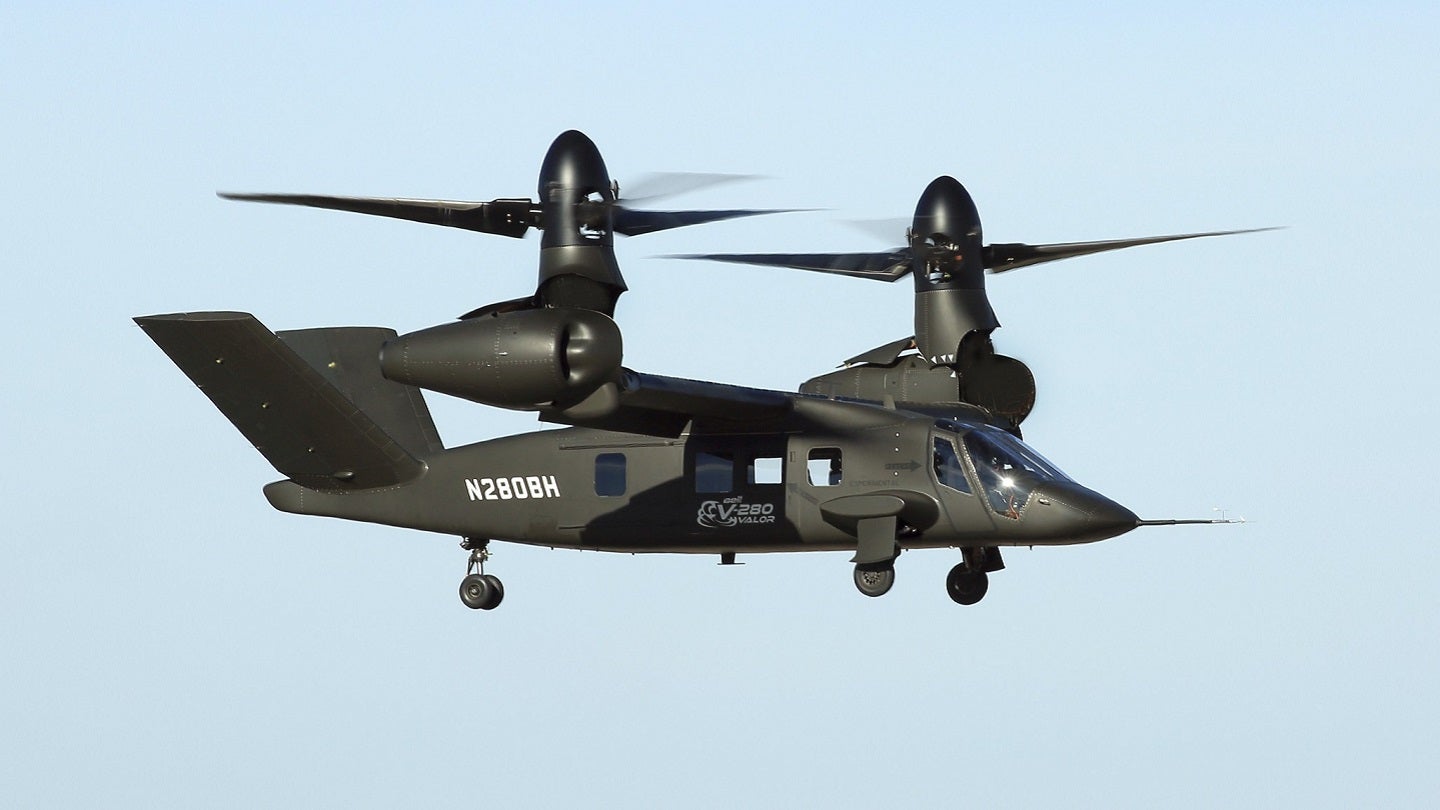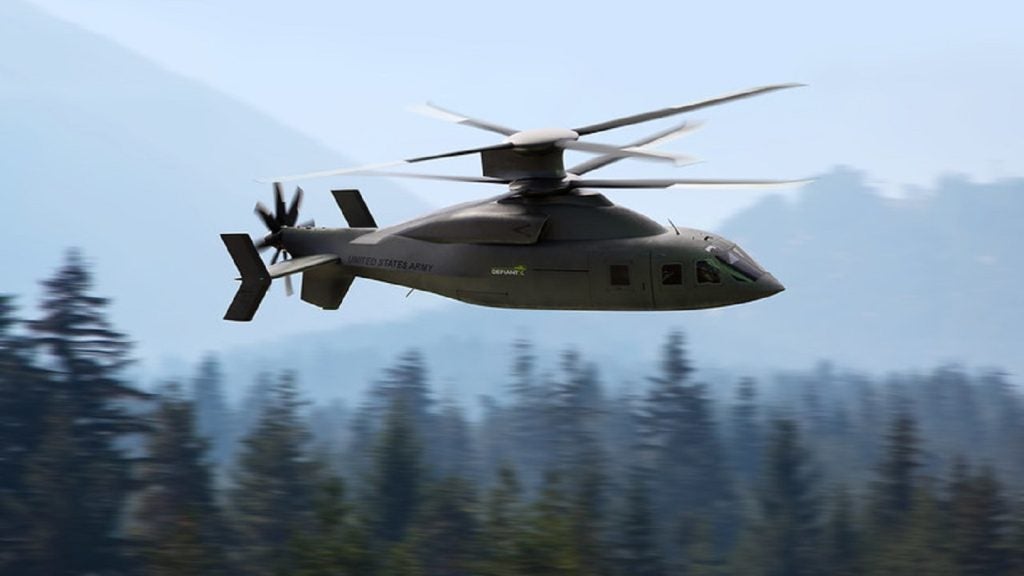
The US Government Accountability Office (GAO) has denied a protest filed by Sikorsky Aircraft that challenged the award of the Future Long Range Assault Aircraft (FLRAA) to rotary aviation rival Bell Helicopter.
Announcing its decision in a statement on 6 April, the GAO said that the FLRAA programme is intended to produce a new fleet of vertical lift aircraft to eventually replace the ageing H-60 Black Hawk platform, with a goal of fielding the first in-service aircraft by FY2030.
The projected total contract value, including all options, is approximately $7.1bn.
The GAO said that Sikorsky had challenged the agency’s assignment of a rating of unacceptable to its proposal under the engineering design and development evaluation factor, architecture subfactor, which “ultimately rendered the proposal ineligible for the award”.
Continuing, the GAO statement revealed that Sikorsky had also argued that the agency should have found Bell’s proposal to be unacceptable while challenging the evaluation under the engineering design and development factor and the product supportability factor; the cost/price evaluation; and the best-value tradeoff decision.
In denying the protest, the GAO concluded that the “[US] Army reasonably evaluated Sikorsky’s proposal as technically unacceptable because Sikorsky failed to provide the level of architectural detail required by the RFP”.
Sikorsky’s “various allegations about the acceptability of Bell’s proposal” were also denied by the GAO, which dismissed Sikorsky’s “additional arguments on the basis that Sikorsky was no longer an interested party to further challenge the procurement”.
In response to the GAO decision, Lockheed Martin stated: “We remain confident the Lockheed Martin Sikorsky and Boeing team submitted the most capable, affordable and lowest-risk Future Long-Range Assault Aircraft solution. We will review the GAO’s decision and determine our next steps.”
The FLRAA programme
The US Army’s FLRAA programme was one of the most hotly contested defence rotary procurement efforts in recent years, given the scope of the potential contract award when including the options.
The prospect of being charged with the replacement of thousands of Black Hawk helicopters currently in service would secure decades of work for the company successful in being awarded the contract.
The deal includes two different designs espoused by Sikorsky, a subsidiary of Lockheed Martin, and fellow US-based rotary provider Bell Helicopter, owned by Textron. Bell focused its attention on the V-280 Valor tiltrotor aircraft while Sikorsky, along with programme partner Boeing, offered the coaxial rotor SB>1 Defiant X.

The winning platform’s ability to sustain a high speed was considered critical for the programme, as it would have to be able to deliver a step-change in capability over the H-60 Black Hawk. Due to their ability to transform from vertical flight to horizontal mid-air, Tiltrotor aircraft can necessarily generate airspeed beyond most rotary platforms.
However, Bell’s Defiant X, according to HTS7500 turboshaft engine developer Honeywell, would be able to travel exceeding 247 knots with twice the range of a Black Hawk without needing to refuel, as well as benefit from a pusher propellor located on the tail of the aircraft.
Conversely, powering the V-280 Valor will be Rolls-Royce’s AE 1107F, an engine also used by the US military’s other tiltrotor currently in service, the V-22. According to Rolls-Royce, the V-280 Valor is able to reach speeds in excess of 300 knots.
Under the contract, Bell Helicopter is to deliver a physical prototype of the V-280 to the US Army in 2025.




